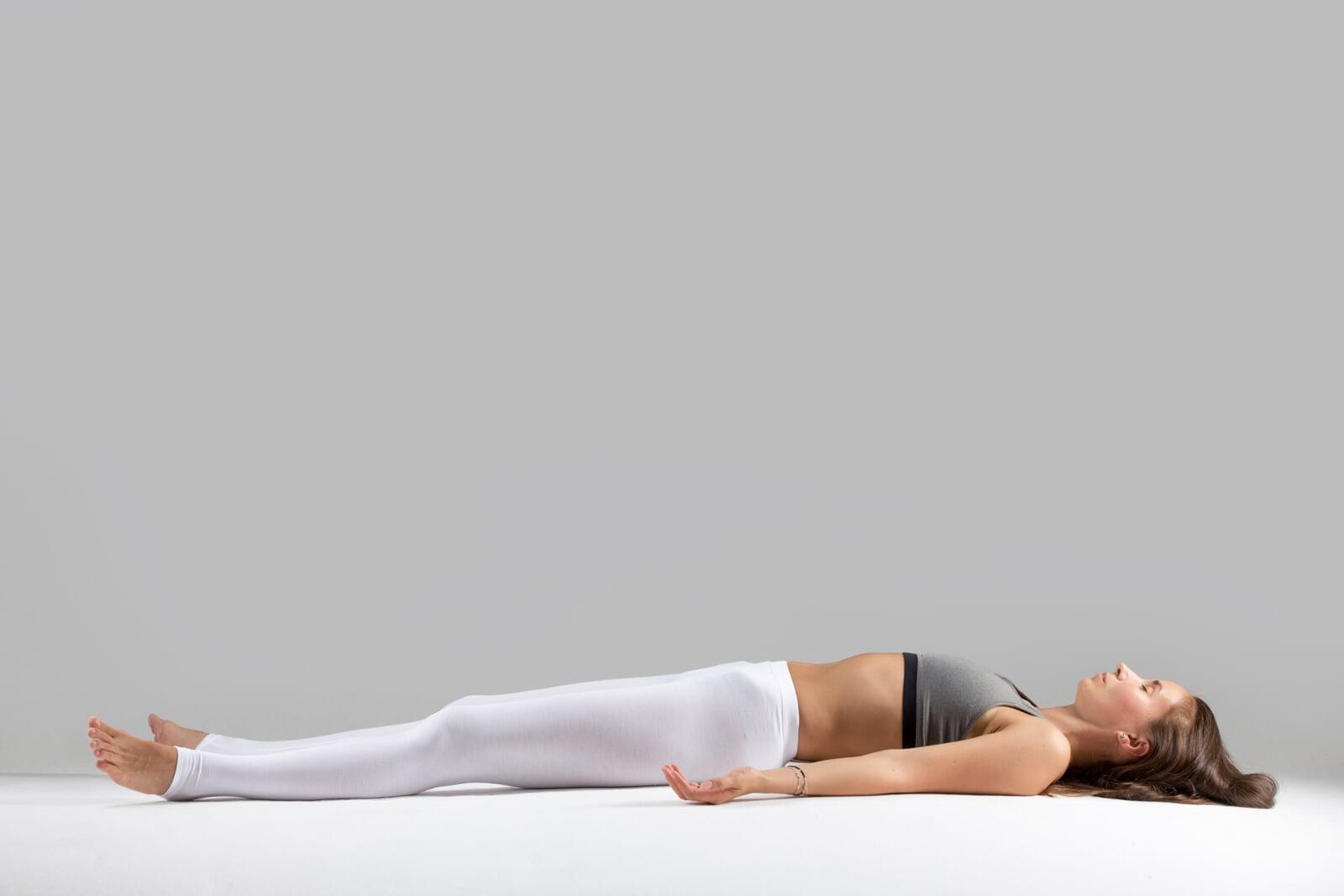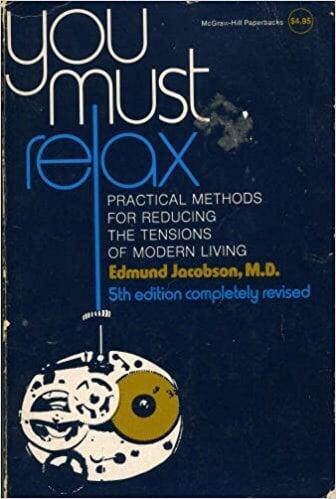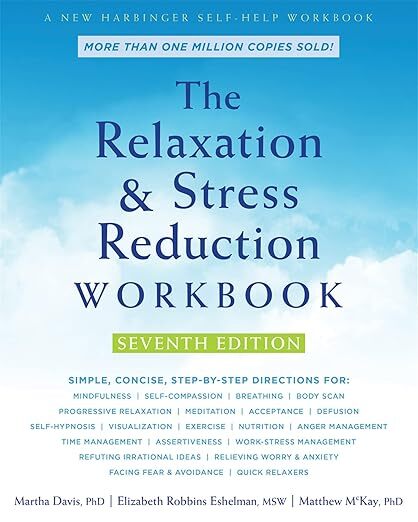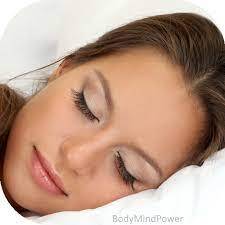Progressive Muscle Relaxation
Achieve Deep Relaxation by Using Muscle Tension and Release

Introduction
Progressive Muscle Relaxation (PMR) is a deep relaxation technique that involves systematically tensing and then relaxing specific muscle groups throughout the body to reduce physical tension and promote mental calmness. This method helps individuals become more aware of muscle tension and learn to release it, making it an effective tool for managing stress, anxiety, insomnia, and other stress-related conditions.
Why It Works
Progressive Muscle Relaxation works by helping you recognize the difference between muscle tension and relaxation. By intentionally tensing muscles and then releasing them, it reduces overall muscle tension, lowers heart rate and blood pressure, and activates the parasympathetic nervous system. This counters the "fight or flight" stress response, leading to decreased anxiety, improved sleep, and better emotional regulation. Research shows PMR can alleviate symptoms of stress, depression, and chronic pain by interrupting the cycle of physical and mental tension.
How To Do It
Instructions:
1. Relax Your Body
Find a quiet, comfortable place to sit or lie down. Close your eyes if it helps, and take a few deep breaths to center yourself. Ensure your body is supported and free from distractions.
2. Focus on Breathing
Breathe slowly and deeply through your nose, allowing your abdomen to rise. Exhale through your mouth. Maintain steady, calm breathing throughout the exercise.
3. Tense and Relax Muscle Groups
Start with your feet and work upward. Tense each muscle group for 5-10 seconds while inhaling, then release suddenly while exhaling, noticing the relaxation for 10-20 seconds.
- Feet: Curl your toes tightly.
- Calves: Point your toes upward.
- Thighs: Squeeze your thigh muscles.
- Buttocks: Clench tightly.
- Abdomen: Tighten your stomach muscles.
- Chest: Take a deep breath and hold.
- Hands: Clench into fists.
- Arms: Bend elbows and tense biceps.
- Shoulders: Shrug them toward your ears.
- Neck: Gently tilt your head back.
- Face: Scrunch your forehead, eyes, and jaw.
4. Continue Through the Body
Progress through all major muscle groups, tensing and relaxing one at a time. If a group feels particularly tense, repeat it.
5. End with Full Body Awareness
Once complete, scan your body for any remaining tension. Breathe deeply for 1-2 minutes, enjoying the relaxed state. Practice for 10-20 minutes daily.
Helpful Tips:
- Start slow. Begin with fewer muscle groups if you're new to PMR.
- Practice in a quiet space. Minimize interruptions for best results.
- Breathe mindfully. Sync tension with inhales and release with exhales.
- Avoid straining. Tension should be firm but not painful—if it hurts, ease up.
- Use guided audio. Apps or videos can help maintain focus.
- Incorporate daily. Try before bed for better sleep or during breaks for stress relief.
- Track progress. Note how your body feels before and after sessions.
- Combine with other techniques. Pair with deep breathing or visualization for enhanced effects.
- Be patient. Benefits improve with regular practice; aim for consistency.
Recommended Videos
Guided Progressive Muscle Relaxation
Hospital for Special Surgery
Progressive Muscle Relaxation: An Essential Anxiety Skill
Therapy in a Nutshell
Progressive Muscle Relaxation
Epworth Clinic
Influential Books
The Relaxation and Stress Reduction Workbook remains the go-to resource for stress reduction strategies that can be incorporated into even the busiest lives.
Using ancient self-care techniques you can relieve your stress, anxiety, and depression at home with just ten minutes a day.
* As an Amazon Associate I earn from qualifying purchases.
Helpful Websites
Popular Apps
Progressive Muscle Relaxation - Deep Muscle Relaxation with 17, 7, 4 Muscle Groups & Body Scan
Body Mind Power
Scientific Research
- Merakou, K., et al. (2019). The effect of progressive muscle relaxation on emotional competence: depression-anxiety-stress, sense of coherence, health-related quality of life, and well-being of unemployed people in Greece: An intervention study. Explore (NY), 15(1), 38-46. https://pubmed.ncbi.nlm.nih.gov/30145122/
- Ozlu, I., et al. (2024). Efficacy of Progressive Muscle Relaxation in Adults for Stress, Anxiety, and Depression: A Systematic Review and Meta-Analysis. Journal of Clinical Psychology in Medical Settings, 31(2), 1-14. https://pubmed.ncbi.nlm.nih.gov/38322293/
- Nasiri, S., et al. (2024). The effect of progressive muscle relaxation on stress, anxiety, and depression in adolescents: A randomized controlled trial. Journal of Pediatric Nursing, 75, e1-e7. https://pubmed.ncbi.nlm.nih.gov/38905787/
- Liu, K., et al. (2020). The Effectiveness of Progressive Muscle Relaxation, Deep Breathing, and Guided Imagery in Promoting Psychological and Physiological States of Relaxation. Evidence-Based Complementary and Alternative Medicine, 2020, 5271524. https://pubmed.ncbi.nlm.nih.gov/34306146/
Related Topics:
Strongly Related
Reduce Stress:
[Links to related web pages]
[Links to related web pages]
[Links to related web pages][Links to related web pages]
Moderately Related
Issue B:
[Links to related web pages]
[Links to related web pages]










